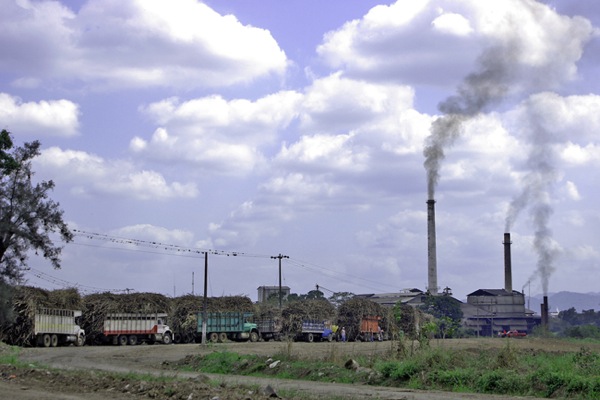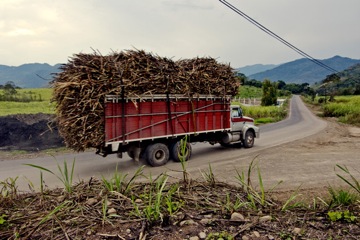
Photos: Fotos Oaxaca
IT SMELLED LIKE burning fungus. As if a whole village had collectively opened the forgotten containers of leftovers in the fridge, dumped out the contents, and set them on fire.
Outside the car sugar cane stretched for miles and miles, under a gray sky into which drifted columns of smoke. If it weren’t for the columns hinting at chugging, spewing factories, the landscape would’ve been peaceful, a tropical pastoral scene.


